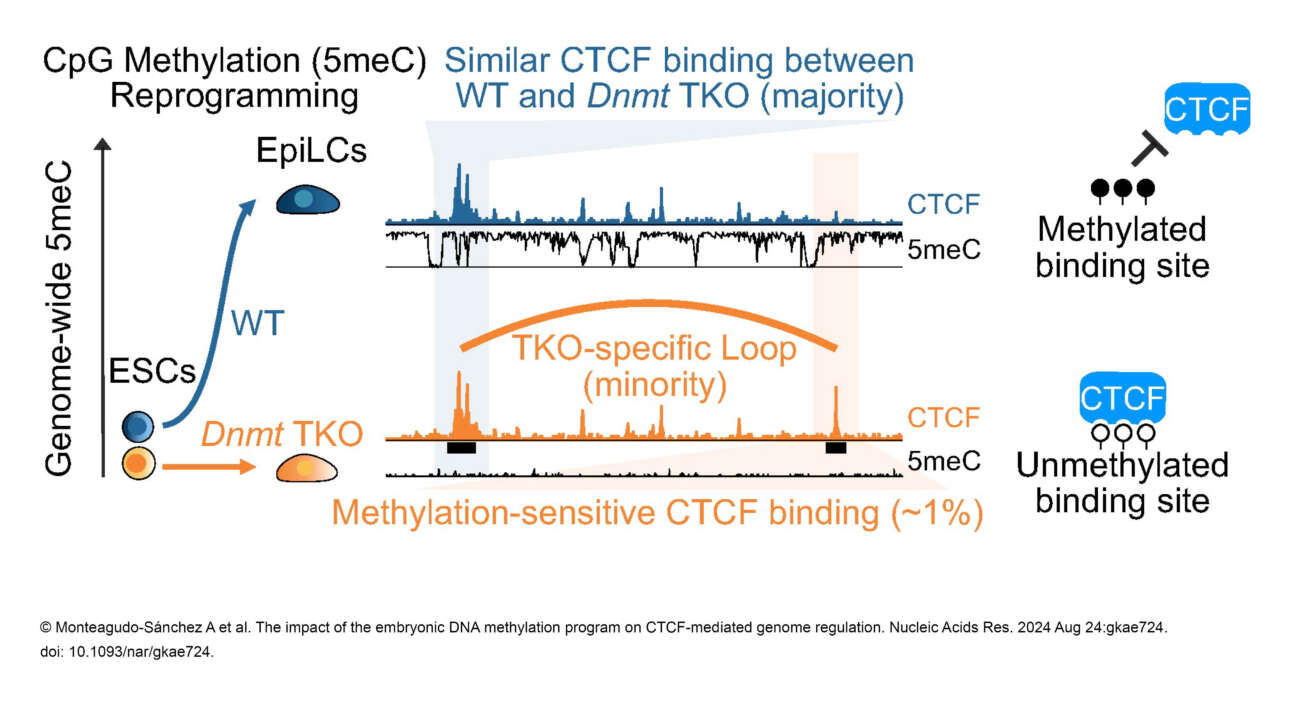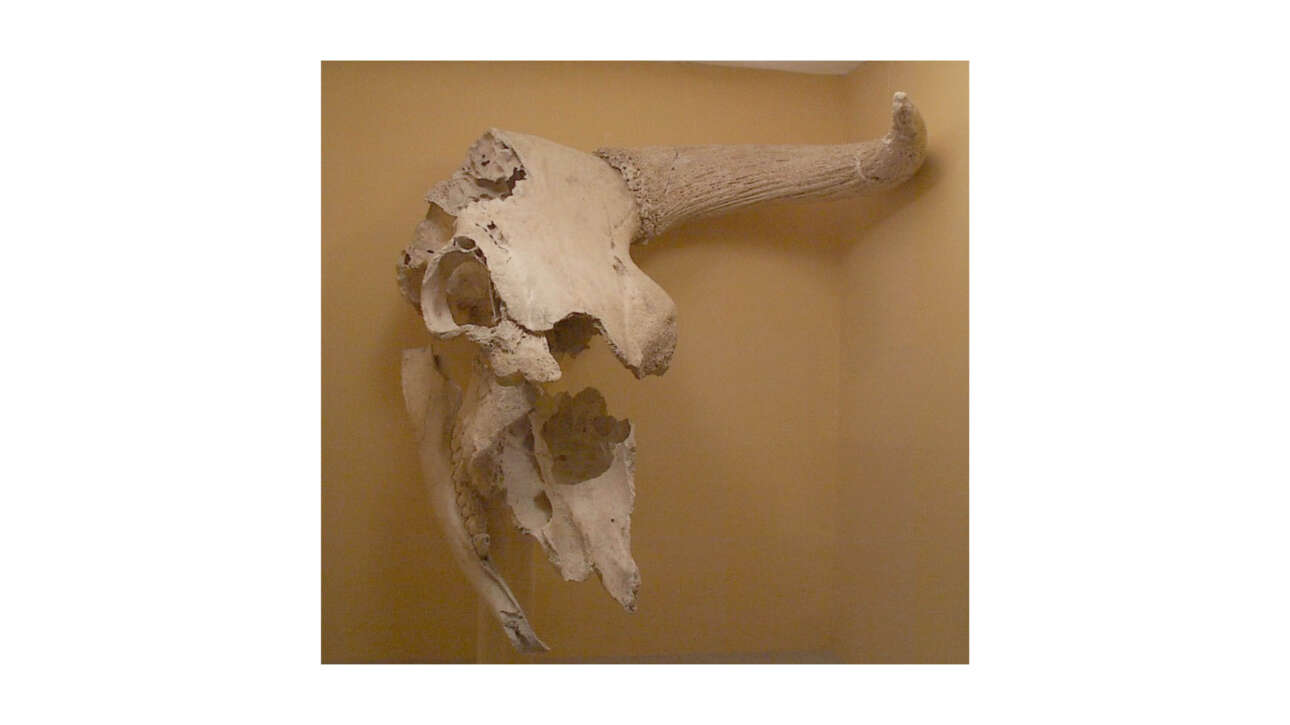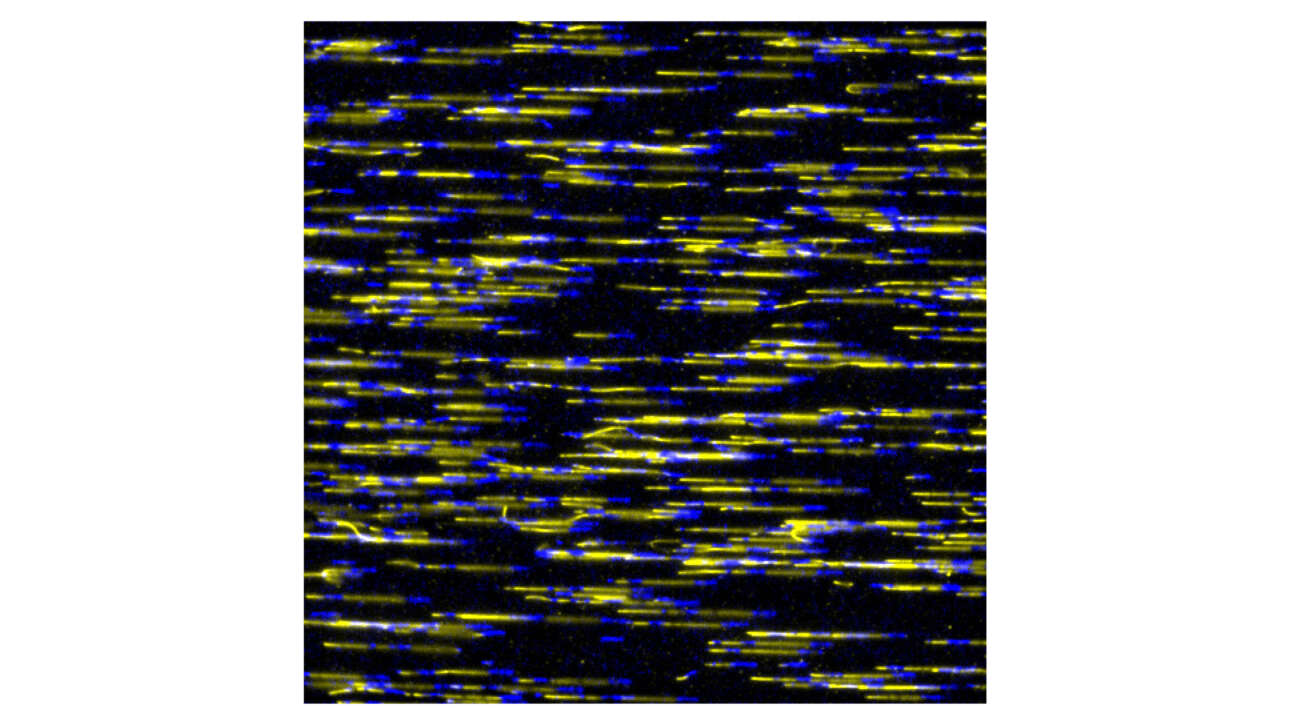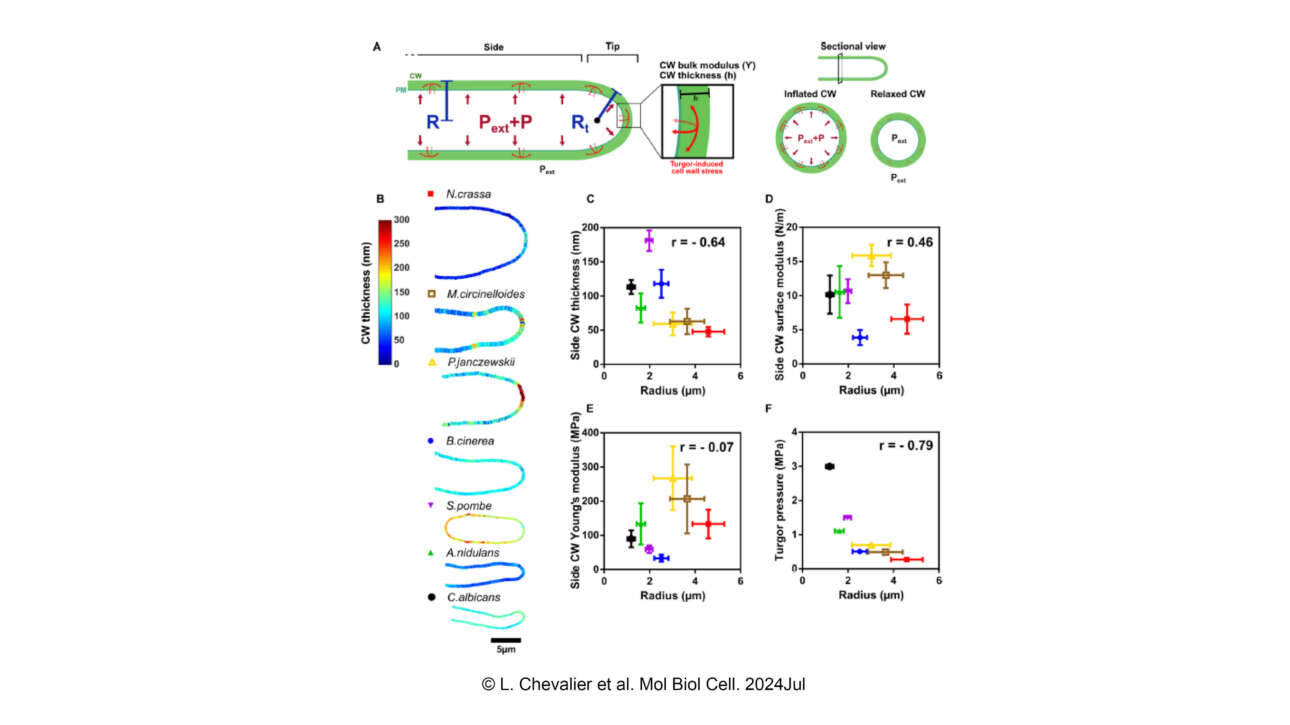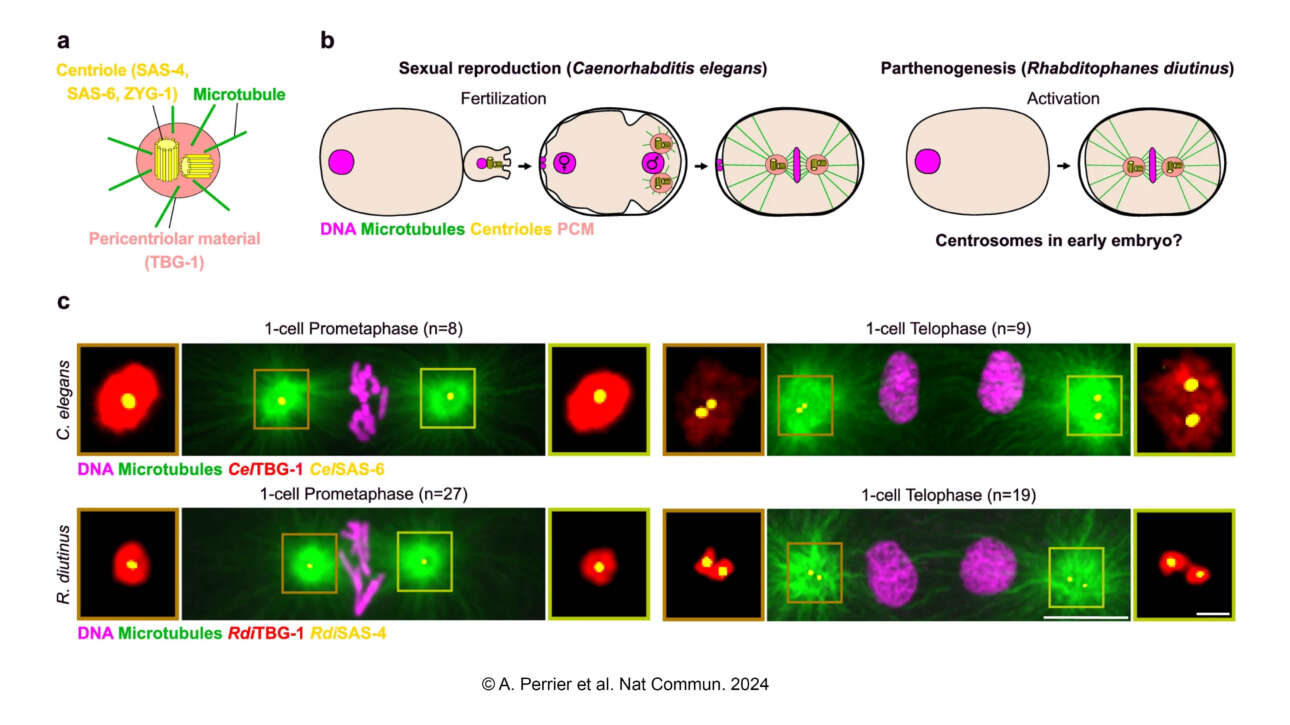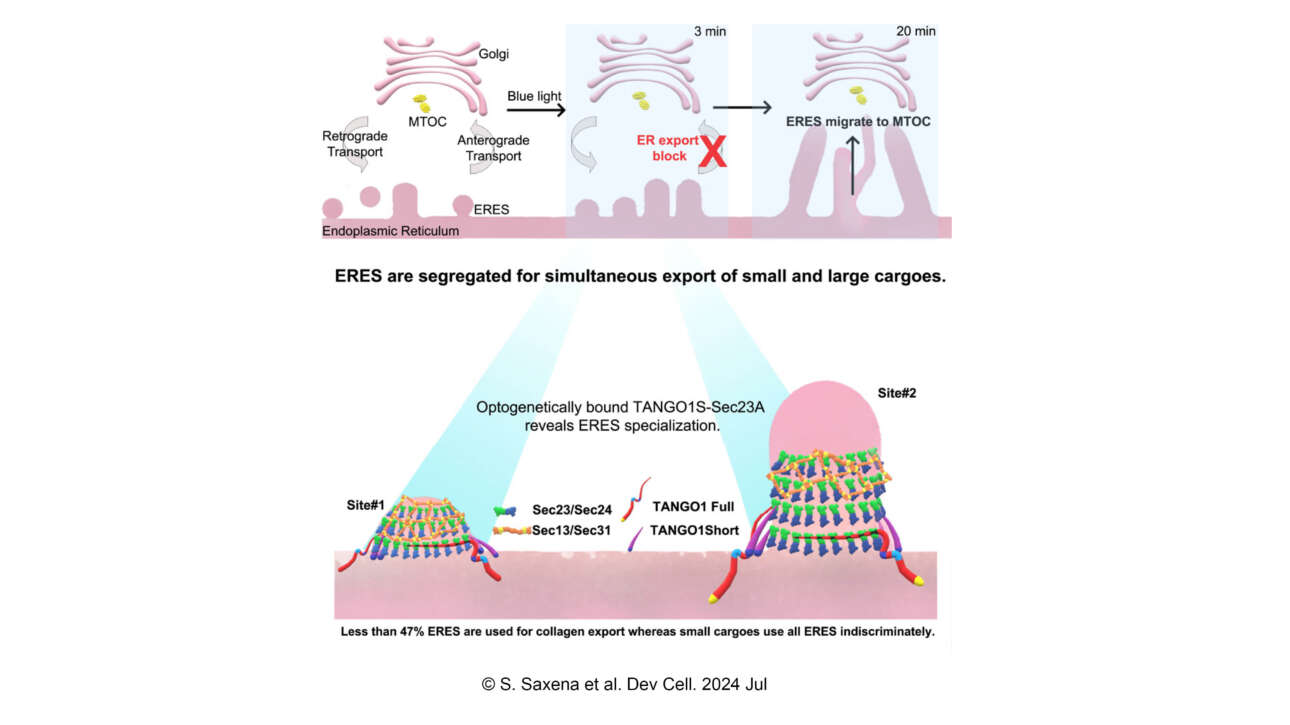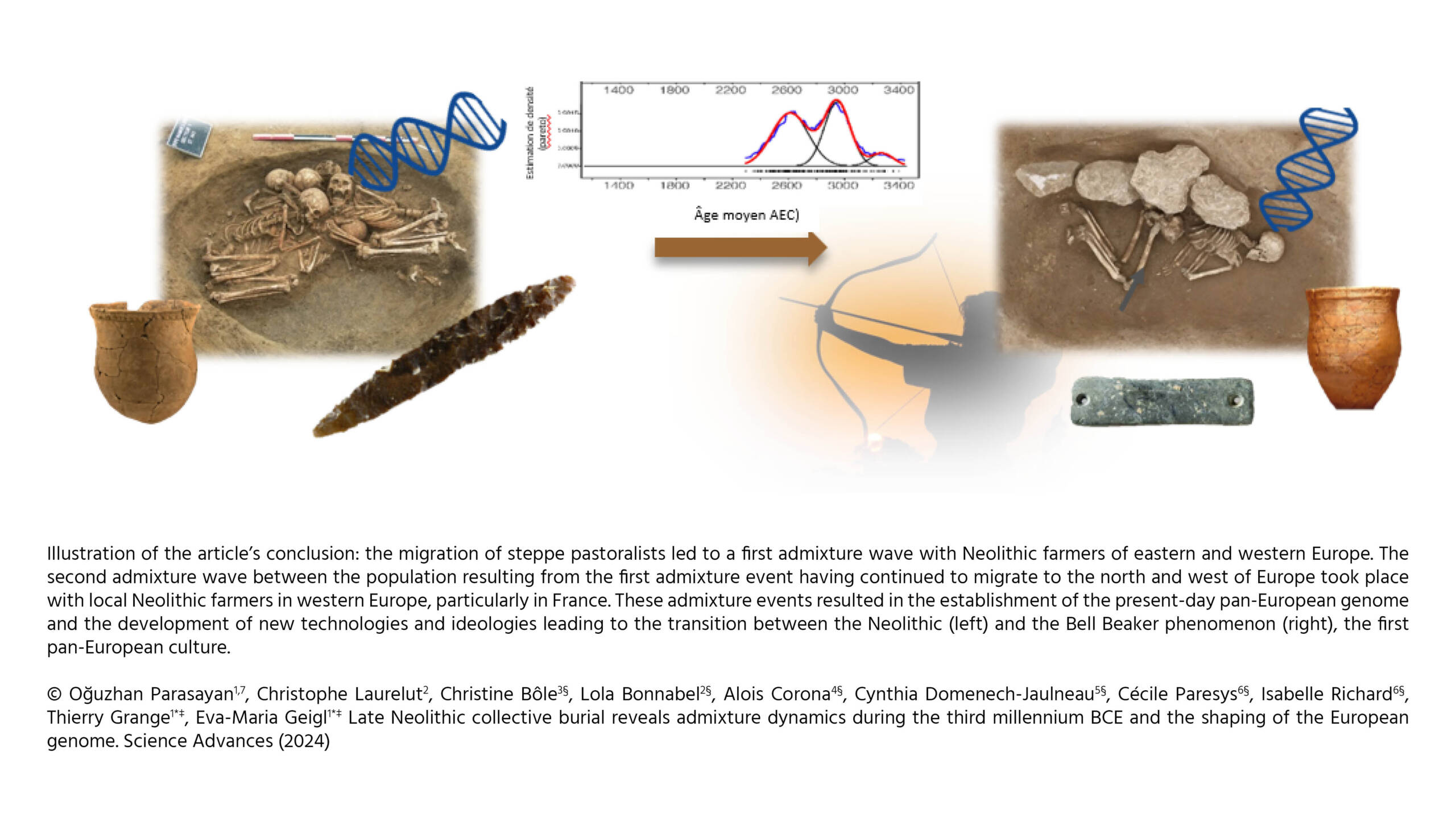The Greenberg lab published a new article in Nucleic Acids Research :
The impact of the embryonic DNA methylation program on CTCF-mediated genome regulation
Abstract:
During mammalian embryogenesis, both the 5-cytosine DNA methylation (5meC) landscape and three dimensional (3D) chromatin architecture are profoundly remodeled during a process known as ‘epigenetic reprogramming.’ An understudied aspect of epigenetic reprogramming…
